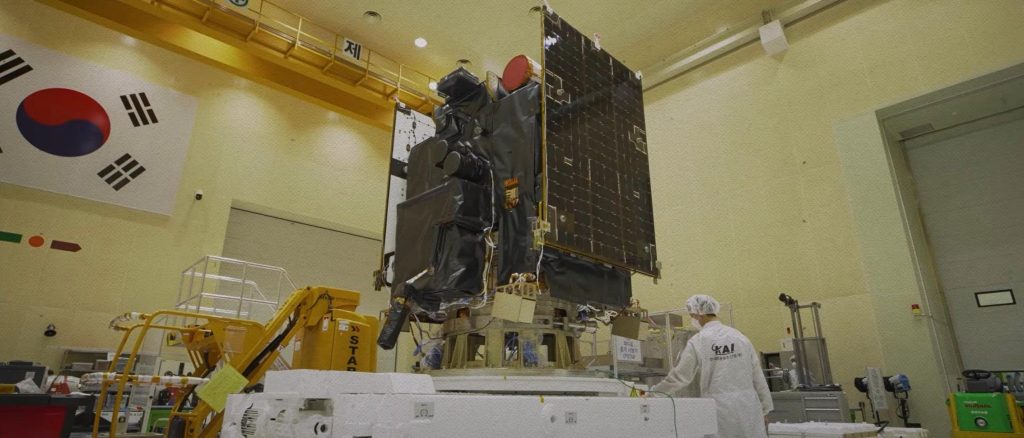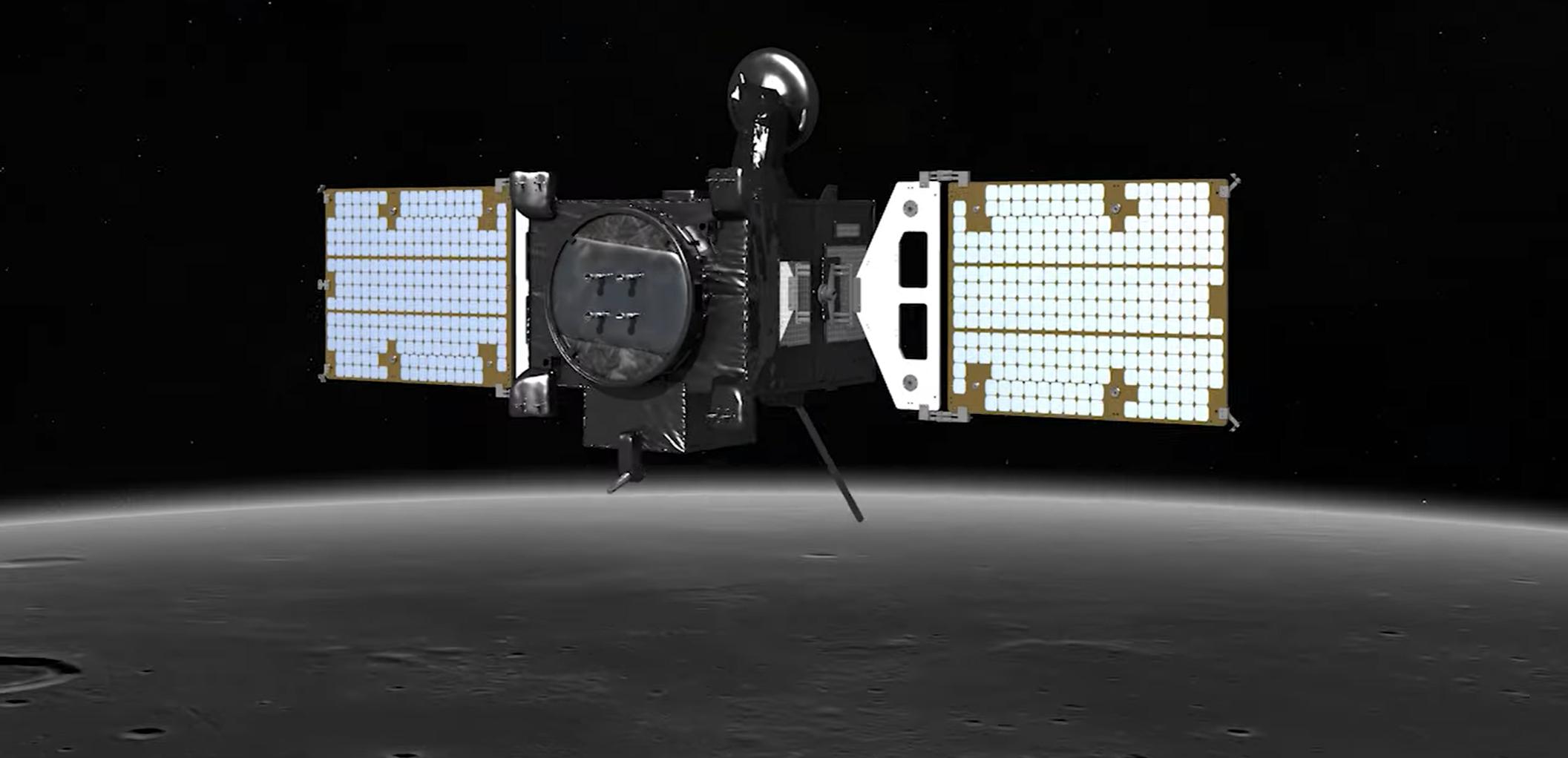After years of development and delays, South Korea has completed its first deep space spacecraft and sent it on its way to the United States.
Once it arrives in Florida, the Korean Pathfinder Lunar Orbiter (KPLO) – recently christened “Danuri” – will begin final preparations for its launch on a SpaceX Falcon 9 rocket. South Korea’s Korea Aerospace Research Institute (KARI) says that KPLO actually shipped to Florida on May 5th, more than two months ago. As of July, the spacecraft should be in the final stages of launch preparations, which include post-arrival inspections and checkouts, propellant loading, and Falcon payload fairing encapsulation.
Barring delays, KARI says the lunar orbiter could launch as early as August 3rd Korean Time, or around 7:30 pm EDT (23:30 UTC) on August 2nd.

Assembled and, for the most part, manufactured in South Korea, KPLO will be its very first extraterrestrial mission, making the country one of a very select few who have built their own deep space spacecraft. While South Korea has contracted SpaceX to launch its first lunar mission, the “pathfinder” orbiter is meant to pave the way for a second orbiter and domestic Moon lander – both of which are intended to launch on the country’s own indigenous Nuri rocket.
KPLO is relatively simple and small and is expected to weigh only ~680 kilograms (~1500 lb) – much of which is propellant for its propulsion system. The spacecraft will carry six main instruments, four of which are cameras and five of which were built in Korea. NASA provided the sixth – a camera that will look for ice in the Moon’s pitch-black shadows – and also partnered with KARI to assist with mission design, navigation, and communications.
According to NASA, Falcon 9 will launch KPLO into a low Earth parking orbit around 300 kilometers (~185 mi), after which the rocket’s upper stage will perform “translunar injection burn” to place the spacecraft on a ballistic lunar transfer (BLT). Using its onboard propulsion, KPLO will then perform any necessary trajectory corrections immediately after separation and eventually insert itself into orbit around the Moon as early as mid-December. Finally, the spacecraft will optimize into a circular 100-kilometer (~62 mi) polar orbit around the Moon and begin science operations, part of which includes scouting for a landing site for South Korea’s follow-on Moon lander.
KPLO will be SpaceX’s second commercial launch to the Moon, but it will also be the first time one of the company’s Falcon rockets has directly launched a payload on a lunar trajectory. If KPLO performs as expected, South Korea will become the seventh country to reach lunar orbit.

